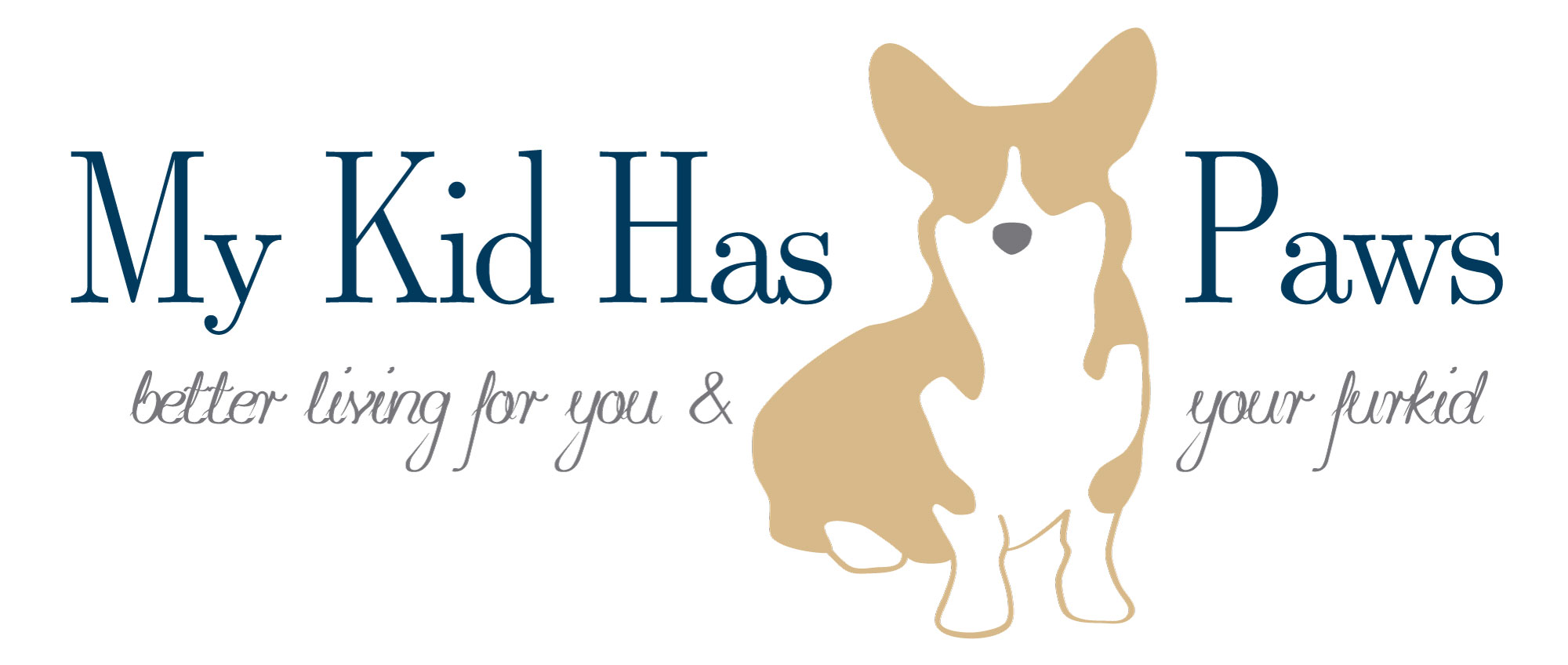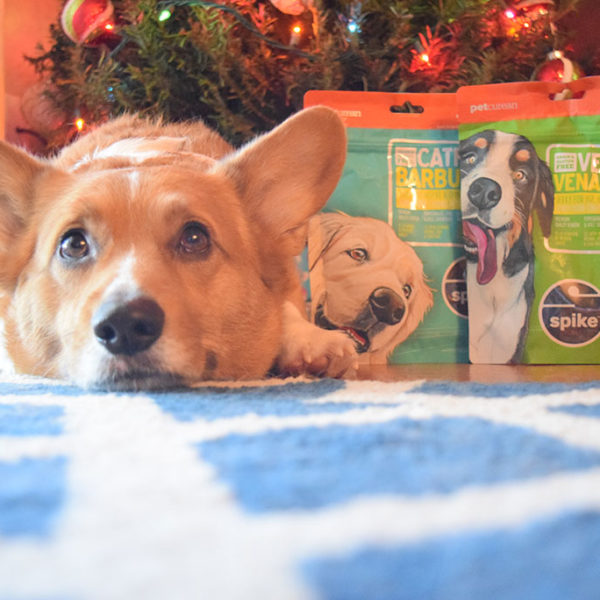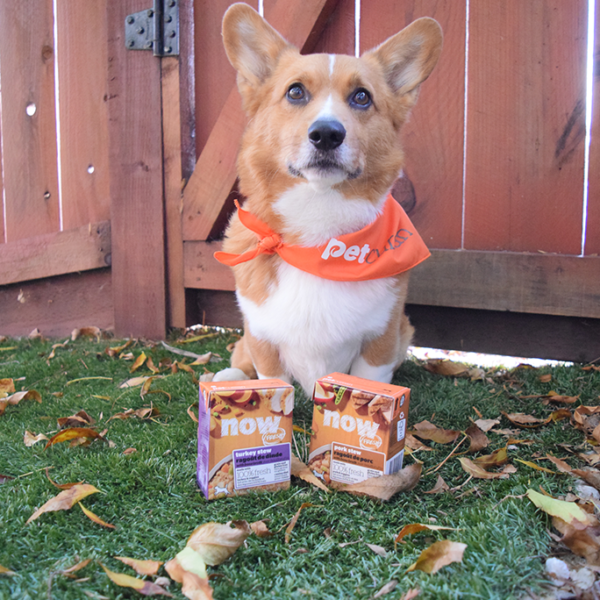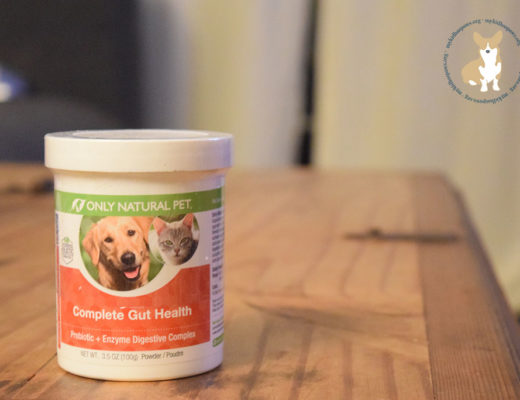Recently we discussed the difference between Obesity and Hypothyroidism in Dogs and what pet parents need to know to identify when their pet is suffering from Hypothyroidism. But when you dog isn’t exhibiting signs of hypothyroidism, but you know they have gained weight, it’s time to consider that you might need to make some lifestyle changes for your pet so that you can help them live a long and happy life.
Have you ever carried a few extra pounds? How did your joints feel? Did you find that you were breathing heavier? What was your energy like? I am not a proponent of anthropomorphism, however, I do think we can relate to how our pet’s feel when they are overweight. It’s so important that we make the right lifestyle changes so that our pets aren’t carrying extra weight throughout their life.
Therefore, today, I have teamed up with Petcurean to share with you some of their recommendations for managing your pet’s weight.
According to Petcurean:
“Did you know that 22-44% of pets weigh more than their ideal body weight? Obesity can contribute to major health problems for your pet including diabetes in cats and decreasing the lifespan of your dog. The negative side effects of being overweight can start to appear within just a few weeks of the onset of obesity. As pet parents, it’s our job to keep our furry kids happy and healthy, especially if that means helping Fido shed a few pounds. Here are some helpful tips from Petcurean on how to manage your pet’s weight.”
Evaluate your pet’s current weight:
“Weigh your pet at the vet’s office or with your home bathroom scale and check it against this Body Score chart to help you determine the current status of your pet’s weight.”
Taking your pet by your vet’s office for weight checks is a great way to keep track of your pet’s weight and show them that not all trips to the vet include shots (i.e. desensitization)!
Diet:
“An important rule you should keep in mind when managing your pet’s weight is restricting treats and resisting the urge to give them table scraps. These items make it hard for you to regulate what your pet is eating. For dogs, you can feed them a weight loss recipe with reduced calories. This option allows your pup to eat the same volume of food they’re used to eating, but with less calories. Petcurean’s GO! Fit + Free makes a great diet feeding option with a protein-rich, lower carb recipe. Alternatively, you can simply cut back on the amount of food you’re currently feeding. To ensure your dog still feels full after these smaller meals, you can add canned pumpkin or green beans as a fiber-rich and healthy topper. Cats do the best on low carb canned recipes since the wet food not only promotes weight reduction, but also helps cats feel fuller. GO! Fit + Free also offers canned recipes for cats.”
Whenever you are making changes to your pet’s diet, make sure all family members in the house are onboard and aware of your pet’s plan. While working at the veterinary hospital, there were several times that pet parents knew there was someone in the house who was feeding their pet extra food and treats and making their dieting efforts fruitless.
Physical activity:
“Decreased food intake should be accompanied by increased physical activity. Track your pet’s weight through weekly weigh-ins. A rapid decline in weight can be harmful to your pet. As you monitor their progress, continue to check them against the body score chart. That will tell you when your pet’s weight goals have been reached!”
One recommendation I would make is to not be a weekend warrior with your pet. Meaning, don’t try to take them for a 5 mile hike when you haven’t walked them all week. As with humans, consistent exercise is going to provide excellent strength, balance, and endurance for your pet, so that they can live a healthier life. One of the ways to achieve consistency with your dog is to include them in the plans and exercise you already have in your schedule. Here are some ways I provide Rooney with exercise:
- Take them for a walk as a pre-run warm up or post-run cool down.
- Walk to run your errands and take them with you (if you also have someone to watch them while you are in the store. I wouldn’t recommend leaving your pet outside a store).
- Check out doggy daycare, or coordinate with a local dog walker so that your dog can get extra exercise while you are at work!
Share with Other Pet Parents!
How do you manage your pet’s weight? Leave your best recommendations in the comments below and win a chance to receive a 6lb bag of Petcurean GO! Fit+Free from Chewy.com!
Disclaimer: I am a Petcurean blogger. I was provided with food and compensation so that Rooney and I could provide our honest opinion. However, Petcurean is the food we feed Rooney every day. I am also a Chewy.com influencer. My Kid Has Paws only shares reviews we believe benefit our readers.




Linda Szymoniak
October 1, 2017 at 11:27 amMy Kyoko was nearly starved before I adopted her from a high-kill shelter. She gained weight and is now actually downright chubby. I’ve tried lower calorie dog food, cutting back on how much I feed her, and giving her more exercise. She’s lost some, but needs to lose a few more pounds. I’d love to let her try this product.